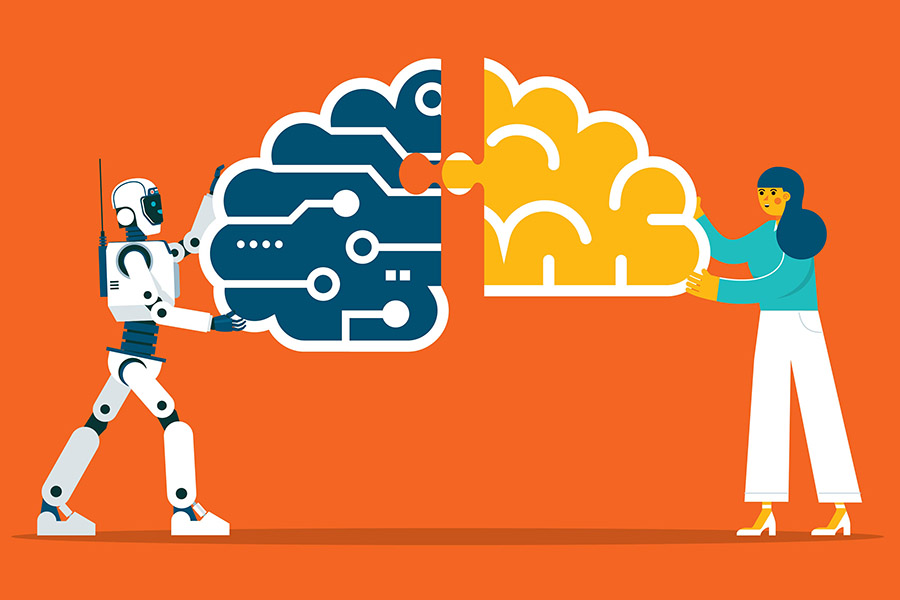Introduction to AI-Powered Digital Twins
AI-powered digital twins mark a major evolution in the future of manufacturing, enabling real-time visualization of the entire production line, not just individual machines. According to Indranil Sircar, global chief technology officer for the manufacturing and mobility industry at Microsoft, this technology allows manufacturers to move beyond isolated monitoring toward much wider insights.
How Digital Twins Work
A digital twin of a bottling line, for example, can integrate one-dimensional shop-floor telemetry, two-dimensional enterprise data, and three-dimensional immersive modeling into a single operational view of the entire production line. This integration improves efficiency and reduces costly downtime. Many high-speed industries face downtime rates as high as 40%, estimates Jon Sobel, co-founder and chief executive officer of Sight Machine, an industrial AI company that partners with Microsoft and NVIDIA to transform complex data into actionable insights.
Benefits of Digital Twins
By tracking micro-stops and quality metrics via digital twins, companies can target improvements and adjustments with greater precision, saving millions in once-lost productivity without disrupting ongoing operations. This technology offers a significant opportunity for manufacturers to increase productivity and reduce costs.
The Role of AI in Manufacturing
AI offers the next opportunity for manufacturers. Sircar estimates that up to 50% of manufacturers are currently deploying AI in production. This is up from 35% of manufacturers surveyed in a 2024 MIT Technology Review Insights report who said they have begun to put AI use cases into production. Larger manufacturers with more than $10 billion in revenue were significantly ahead, with 77% already deploying AI use cases, according to the report.
Why Manufacturing is a Perfect Use Case for AI
“Manufacturing has a lot of data and is a perfect use case for AI,” says Sobel. “An industry that has been seen by some as lagging when it comes to digital technology and AI may be in the best position to lead. It’s very unexpected.” The use of AI in manufacturing has the potential to revolutionize the industry and make it more efficient.
Conclusion
In conclusion, AI-powered digital twins are revolutionizing the manufacturing industry by enabling real-time visualization of the entire production line. This technology has the potential to improve efficiency, reduce costs, and increase productivity. As the use of AI in manufacturing continues to grow, we can expect to see significant changes in the industry.
FAQs
Q: What is a digital twin?
A: A digital twin is a virtual replica of a physical system, such as a production line, that can be used to monitor and optimize its performance.
Q: How can digital twins improve manufacturing?
A: Digital twins can improve manufacturing by enabling real-time visualization of the entire production line, reducing costly downtime, and increasing productivity.
Q: What role does AI play in digital twins?
A: AI plays a crucial role in digital twins by analyzing data and providing insights that can be used to optimize the production line.
Q: How many manufacturers are currently using AI in production?
A: According to Sircar, up to 50% of manufacturers are currently deploying AI in production.
Q: What is the potential impact of AI on the manufacturing industry?
A: The potential impact of AI on the manufacturing industry is significant, with the potential to improve efficiency, reduce costs, and increase productivity.











